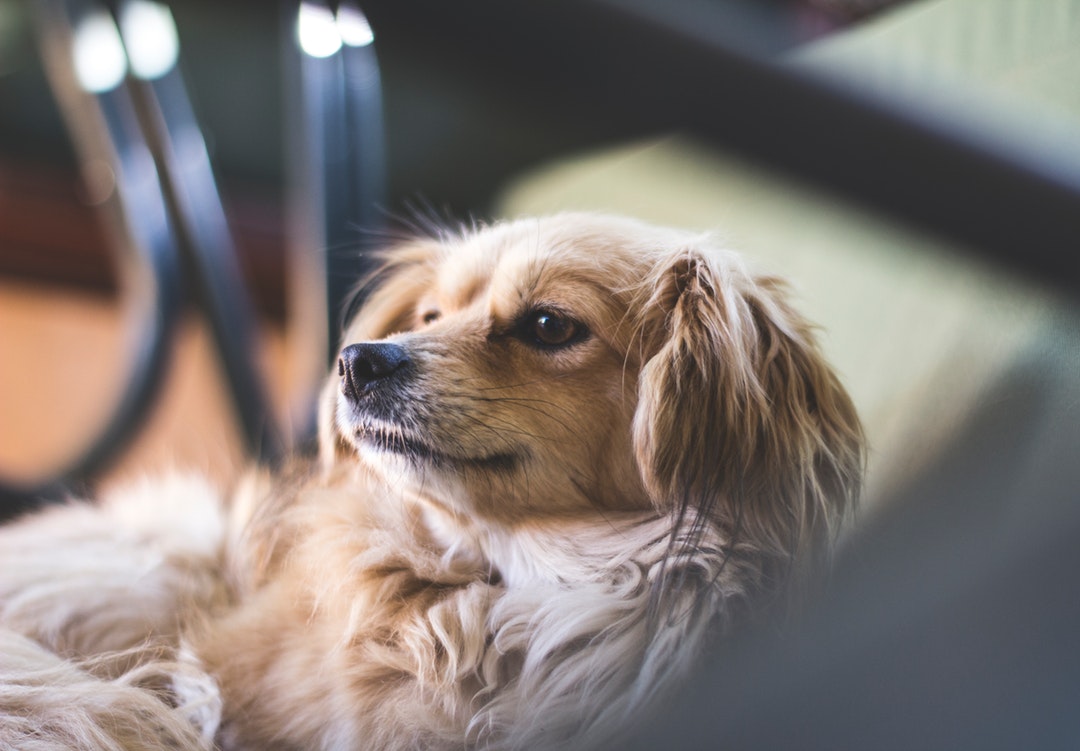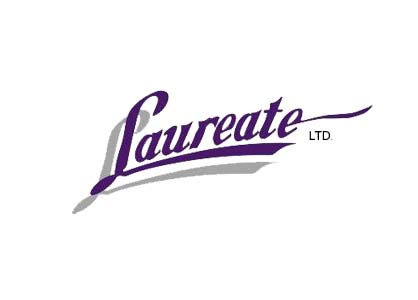The United States is a country of pet lovers. According to the American Pet Products Association, around 70% of households own a pet. This love for animals is evident in the fact that many landlords today allow tenants to keep pets in their rental properties.
There are a number of potential benefits to this, including having a broader pool of tenants to choose from and reducing tenant turnover (particularly because pet owners have fewer options). If you are planning to allow pets in a rental property, there are a number of steps you can take to reduce risk.
In this blog post, we will highlight a number of policies that you should include in the pet agreement part of the tenant lease. Let's get started.
Identify the Types of Pets Allowed
Generally, landlords will only allow domesticated animals such as dogs, cats, hamsters, birds, fish, rabbits, and guinea pigs. If there are any particular pets that you don't want to allow, this should be stipulated.
You may also wish to only allow certain breeds of dog. Breeds such as pit bulls and Rottweilers typically have a propensity toward violence. Other factors to keep in mind include weight limits (for example, a fully-grown St. Bernard can weigh up to 180 pounds!) and whether or not visitors to the property are allowed to bring pets.
Require Proper Identification and Vaccinations
You should make sure that your tenants understand that cats and dogs are required to wear identification tags or collars. These should include proof of their current vaccinations.
To ensure that pet owners comply with all laws around licenses and vaccinations, insist that they provide proof of compliance (such as a vet's bill or a municipal license receipt).
Make Tenants Responsible for Their Pets
In your agreement with the tenant, they should agree to keep their pets under control at all times. This way, they won't disturb other tenants. They should also be required to clean up after their pets (inside the property, in common areas, and in all other parts of the property).
You may also wish to require your tenants to carry renters' liability insurance. In this case, be sure that their policy covers damage caused by pet accidents.
Creating a Pet-Friendly Rental Agreement
A final point to highlight here is that you may wish to change your pet policy from time to time. For example, you may wish to change the specific number of pets that a tenant can have on the property. To do this, have it stated in your pet rules that you have the right to amend once tenants have been given reasonable notice (for example, 30 days).
While pets are amazing to have, it is important for tenants to follow the rules set by landlords. Having these rules written down and included in a pet-friendly rental agreement will make this easier.
If you are interested in learning more about allowing pets in a rental property and property management in Denver and surrounding areas, get in touch with Laureate, Ltd. today.



